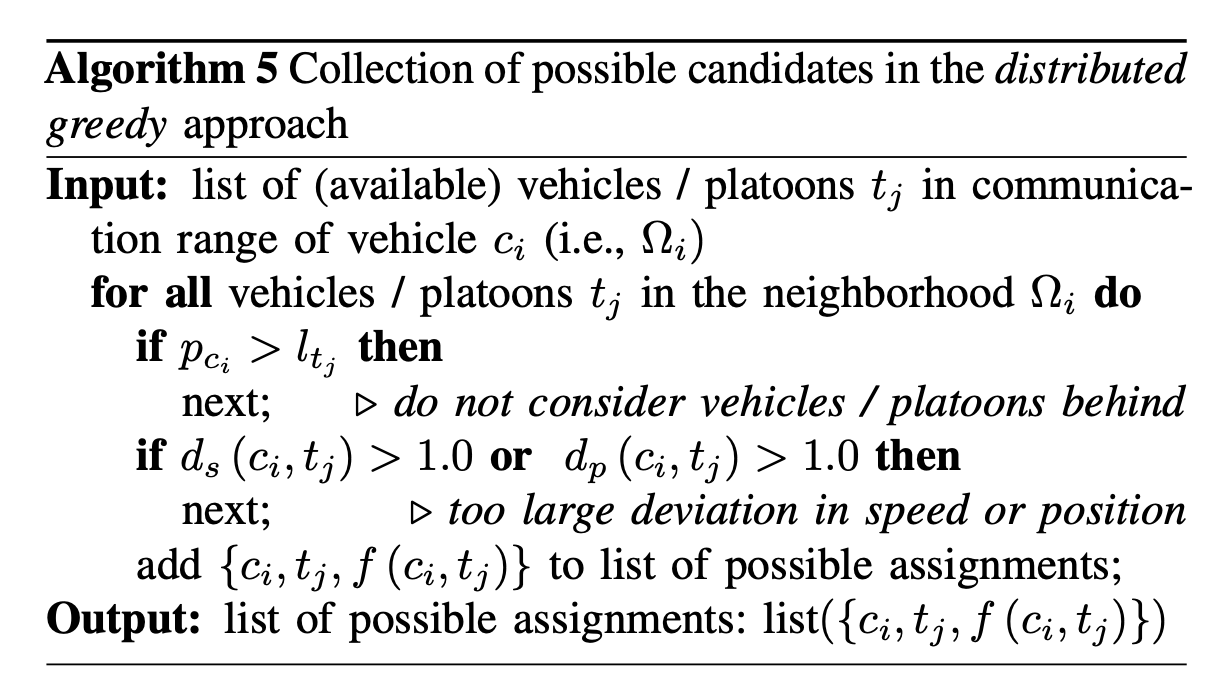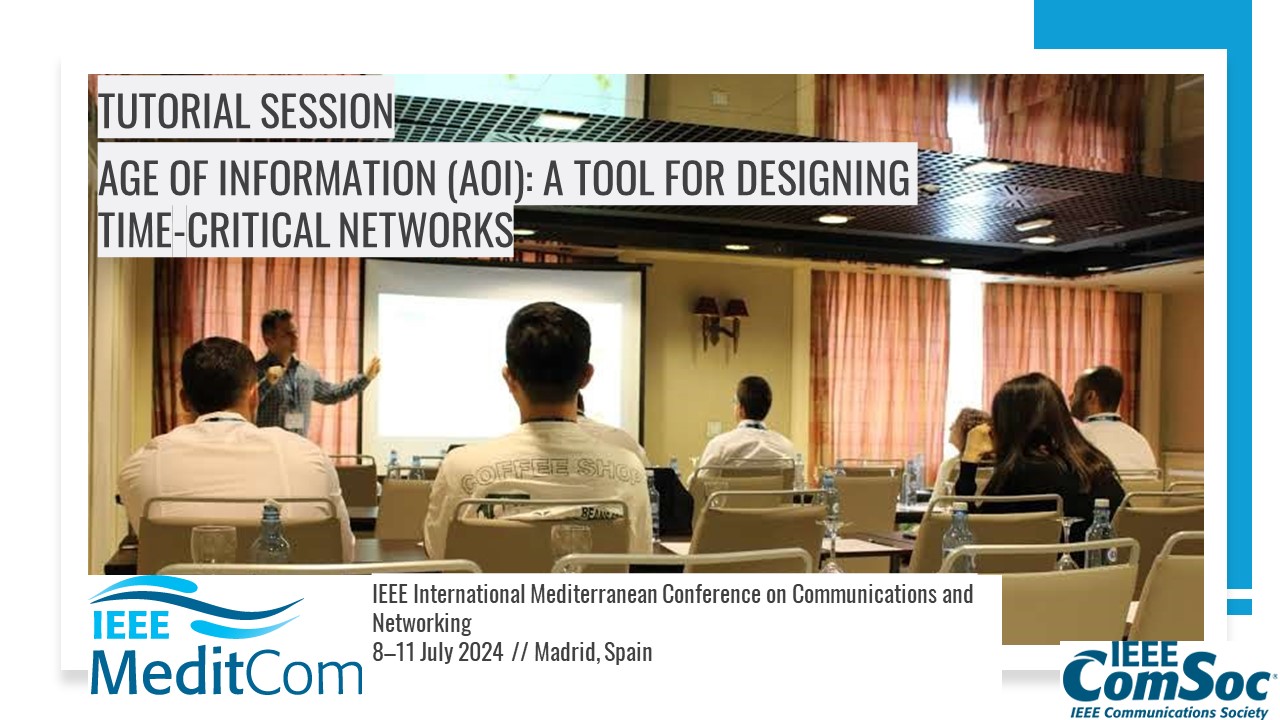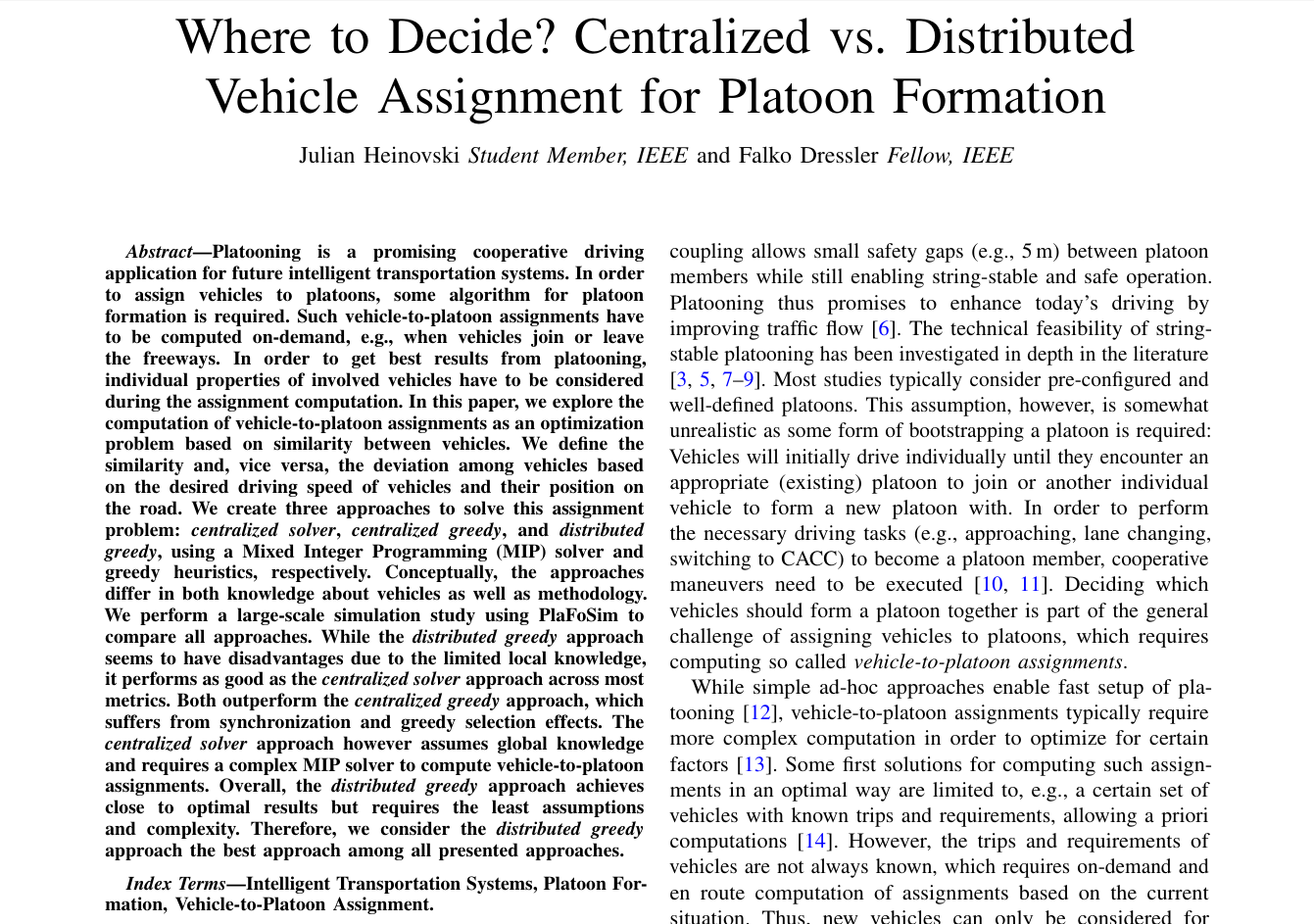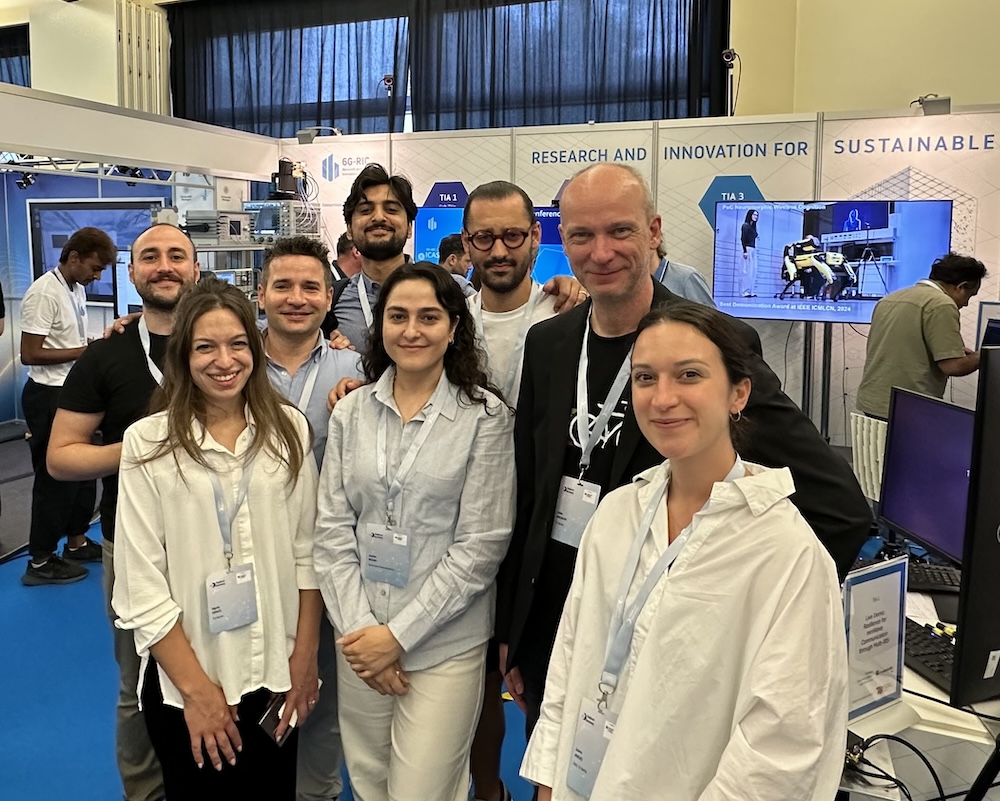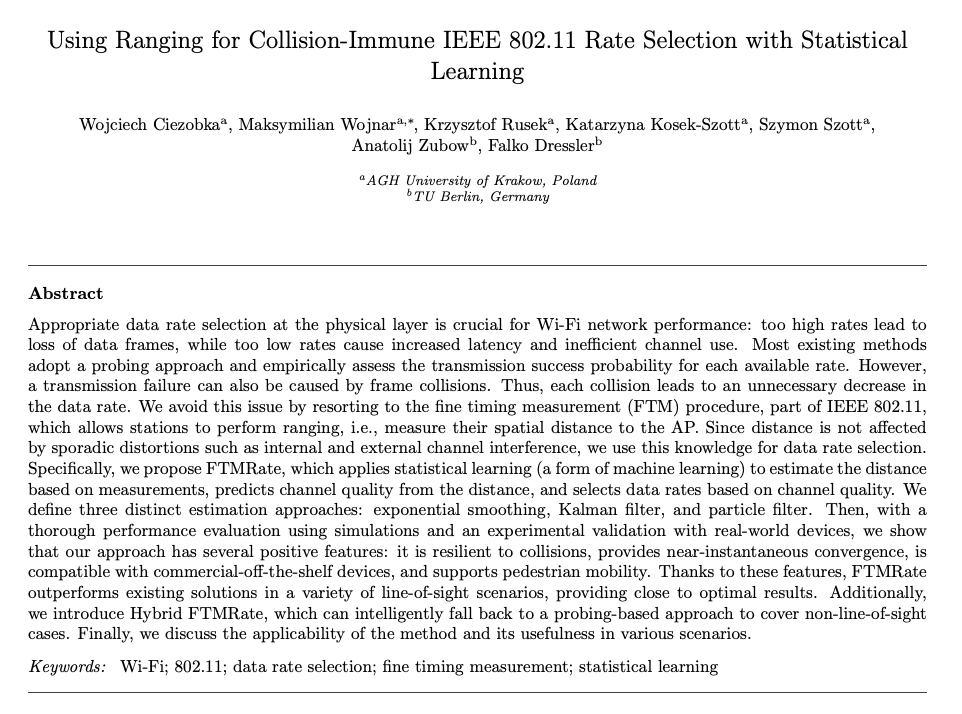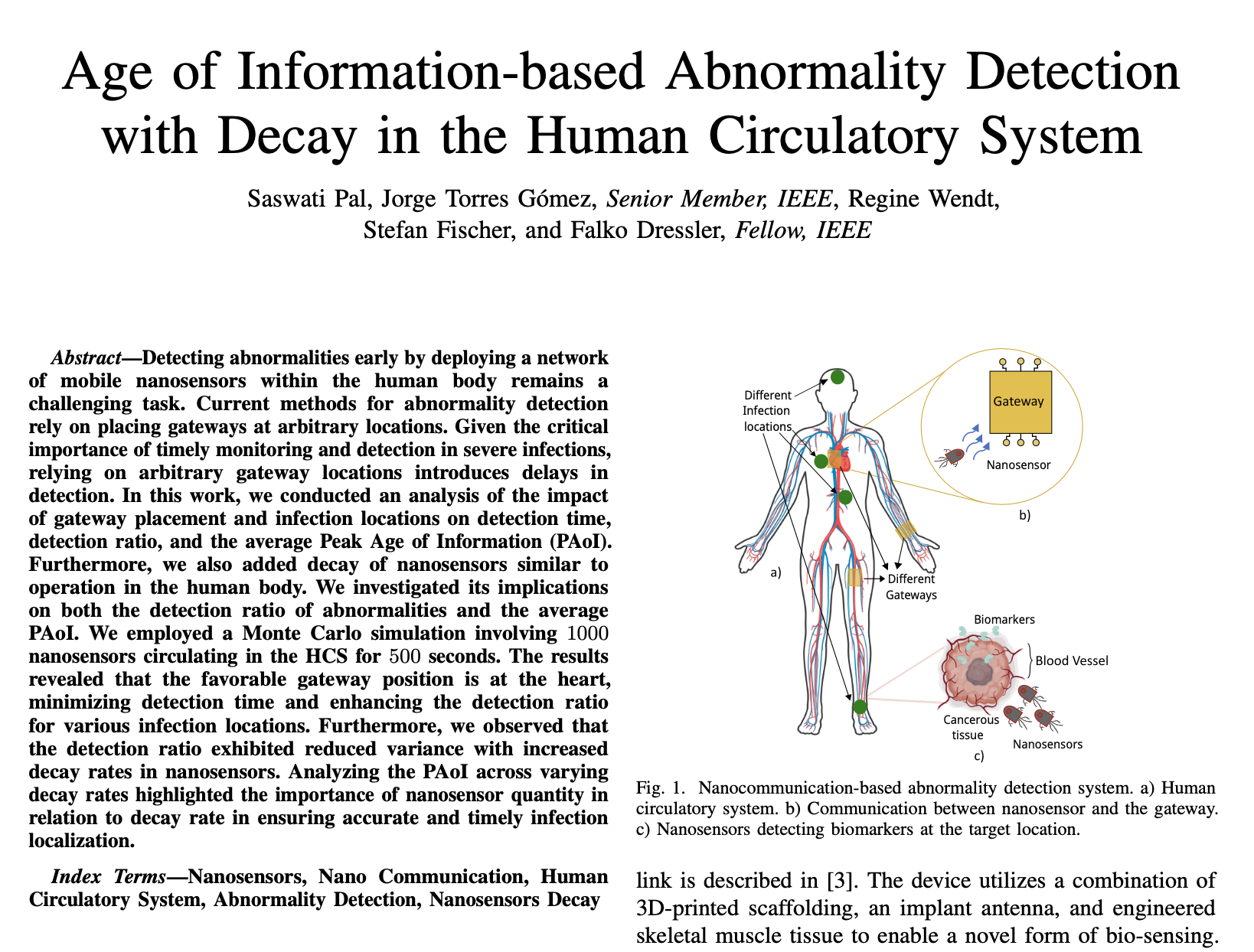ngRTE - Next Generation Real-Time Ethernet for Industrial Applications

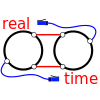
Team @ CCS
Funding
- Siemens AG
Project Time
- 09/2014-08/2015
Description
Ethernet is under continuous development. Industrial Applications require deterministic behavior of the network. The IEC standardized some extensions for the Layer 2 Ethernet technology in order to get the required deterministic behavior of the network for the industrial application.
The IEEE continuously defines extensions and improvements for Ethernet. Inside the 802.1, the AVB Working Group focused on stringent requirements of consumer applications. They standardized extensions to enable a deterministic behavior of Ethernet. Their main focus was on the transmission of Audio and Video (AV) signals in Ethernet networks on Layer 2 (Bridging), therefore the naming was AVB (Audio and Video Bridging). The standardized mechanisms change the behavior of Ethernet for a special class of traffic (Streams) to ensure a guaranteed deterministic transport inside a network and coexistence with best-effort traffic.
The same working group is now focusing on more stringent requirements from industrial and automotive applications. Therefore the Working Group changed their name to Time Sensitive Networking (TSN) Working Group and is working together with the Interworking Task Group to be able to use special paths for the transmission of streams. These paths are independent from the default forwarding path in the network and can be optimized to fulfill different requirements.
The goal of the ngRTE Project is to analyse new methods and evaluate the usability for industrial applications. Industrial applications require a deterministic transport of data. The forwarding process is a key element in the behaviour of Ethernet networks. AVB introduced a Shaper to make the behaviour of Ethernet for streams more deterministic and ensured, by using the reservation protocol MSRP, that enough ressources are available for the transport.
AVB Standards
| IEEE 802.1 AS | Timing and Synchronization for Time-Sensitive Applications (gPTP) |
| IEEE 802.1 Qat | Stream Reservation Protocol (SRP) |
| IEEE 802.1 Qav | Forwarding and Queuing for Time-Sensitive Streams |
| IEEE 802.1 BA | Audio Video Bridging Systems |
Future TSN Standards
| IEEE 802.1 Qca | Path Control and Reservation |
| IEEE 802.1 CB | Frame Replication and Elimination for Reliability |
| IEEE 802.1 Qcc | Stream Reservation Protocol (SRP) Enhancements and Performance Improvements |
| IEEE 802.1 Qbu | Frame Preemption |
| IEEE 802.1 Qbv | Enhancements for Scheduled Traffic |
| IEEE 802.3 br | Interspersing Express Traffic Task Force |

